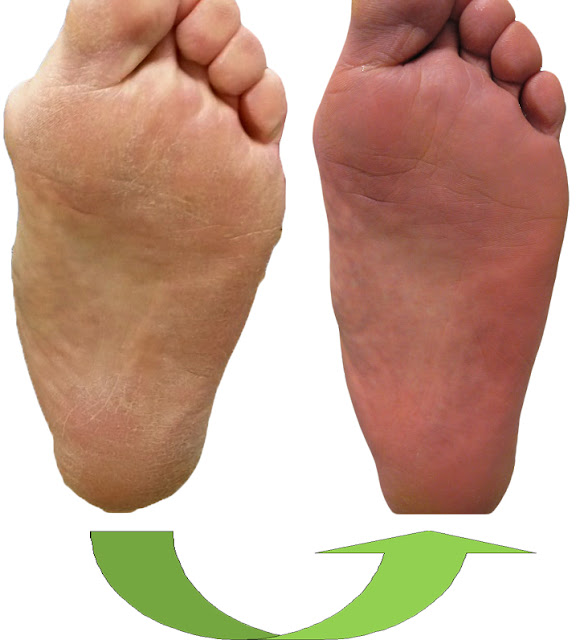Here are some symptoms of a neuroma:
- A sharp, burning pain in the ball of the foot, especially when walking.
- Tingling or numbness between the toes and the ball of the foot.
- A feeling that you have a stone in your shoe, or that your sock is wrinkled.
- A painful lump that reproduces your symptoms when touched.
As a neuroma gets worse, it can cause a lot of pain and keep you from activities you enjoy. Fortunately, there are several ways to reduce symptoms, such as:
- Shoe changes and orthotics
- Padding and taping
- Physical Therapy
- Medication
Your doctor will talk with you about possible treatments. In most cases, painful symptoms can be reduced without surgery. For severe problems, your doctor may recommend treating the nerve directly. Left untreated, neuromas often get worse.






